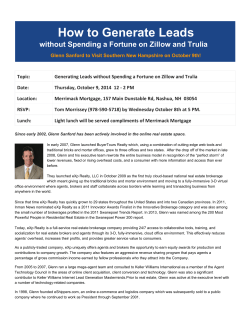
chapter 2 letter
School to Home Letter Scott Foresman California Science Chapter 2: Changes in Matter California Standard Physical Sciences 1.0 Elements and their combinations account for all the varied types of matter in the world. Here are the key concepts we are learning: • Physical changes do not change the chemical properties of a substance. • Chemical changes occur when one substance is chemically changed into a new substance with different properties. • When matter changes state, a physical change occurs. • A substance’s melting temperature is a physical property that can be used to help identify the substance. • Metals have a wide range of melting temperatures. • A chemical equation shows what happens during a chemical reaction. It includes both reactants and products. • Three types of chemical reactions are combination, decomposition, and replacement reactions. Vocabulary Review Your child will learn these vocabulary words: physical change chemical change evaporation condensation sublimation reactant product chemical equation Help your child make these words a part of his or her own vocabulary by reviewing them together. You can help your children understand these words using simple kitchen procedures, such as boiling water, mixing ingredients, cooking an egg, etc. • Chemical properties of substances can be used for many practical purposes. • Chemical properties can help identify substances and separate mixtures. Math in Science Have your child find some household products that are chemical compounds. Examples include table salt, baking soda, vinegar, and detergent. Have your child research to find the chemical elements that make up each compound. For example, water is made up of hydrogen and oxygen. Have your child make a table showing what he or she found. NASA Your child will learn about the Glenn Research Center drop tower, where objects can experience near-weightless microgravity. Each year, teams of high school students compete in the DIME competition, which stands for Dropping in a Microgravity Environment. Have your child think of an experiment that he or she would like to conduct at the Glenn Research Center’s drop tower. Ask him or her to outline the experiment and the question the experiment is designed to answer. DIME rules do not allow the use of a living organism in the experiment. Career Your child will learn about analytical chemists who work for NASA designing materials that can be used in space. Have your child gather different materials in your home, such as kitchen utensils, toothbrushes, and food containers. Ask your child to make a list of which products might be useful in space. © Pearson Education, Inc. Take-Home Activities
© Copyright 2025





















